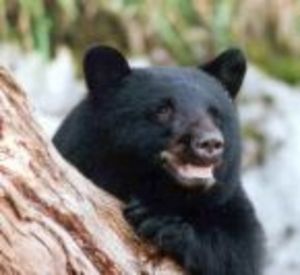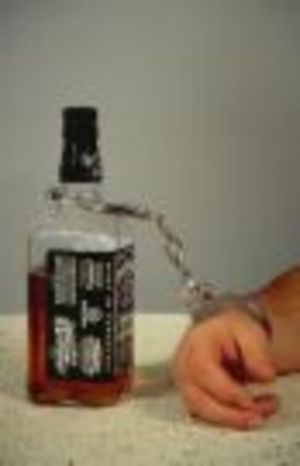Minnesotans used to hate bears. Today they are a prized big-game animal, numbering about 20,000, and a favorite for professional photographers looking for a special thrill. Before 1965, Minnesota black bears were thought of as varmints, to be shot on sight and left to rot. There was a $10 bounty to anyone who killed one, keeping the bear population to a minimum.
Since 1982, however, Minnesota’s black bear population has grown rapidly because the Department of Natural Resources has restricted the number of bears to be hunted each year, putting a quota system into effect. And the study of the Minnesota black bear since then has lead to some interesting observations.
Black bears are the only kind of bears that live in Minnesota. Although their colors vary from cinnamon brown to very black, they are all the same species and should not be confused with the ferocious grizzly bear. An adult black bear weighs between 250 and 400 pounds and stands two to four feet at the shoulders.
Female black bears (known as sows) have a female-only territory of about 7 square miles. Males wander wherever their appetites take them. Both males and females lead solitary lives, except when sows are raising their cubs, or when concentrations of food bring them together to eat.
Black bears are omnivorous, eating grasses, fruits, berries, chokecherries, buds or leaves, nuts, and insects and their larvae. They will also eat small animals, deer fawns, and carrion, but less than 10% of their food sources are from meat.
A black bear will rarely attack a human being and will almost always retreat, with even mild intimidation. It’s the grizzly bear that is known for its fierceness, not the black bear.
It’s a good idea to scare away black bears to keep them fearful of human contact and less likely to invade places where they are unwanted. The best scare tactic is to yell and bang pans or make other loud noises, while leaving the bear a way of escape. A bear may slap the ground and making a woof or snorting sound, and maybe even charge, but usually they’re more bluff than actual danger. If cubs are present, the sow will still usually run away while the cubs scamper up the nearest tree.
Bears hibernate during the winter months. In January, the sows give birth to one to four cubs. At birth, the hairless cubs are about the size of a jumbo orange or a squirrel, weighing in at eight to ten ounces. They grow rapidly and will weigh about five pounds by the time they leave the den in the spring.
Upon their springtime exit from the den, the bears eat during the day and return to the den at night, except when venturing into campsites and other places where sources of human food are plentiful. The sow will eat to produce milk for her cubs until the fall, when the cubs begin eating on their own. Then the fattening up for winter hibernation begins again. In about October, bears search for a new den where they will hibernate until the spring grasses, flowers, and bugs also appear.
Whether you care to hunt with a gun or a camera, black bear in Minnesota are becoming plentiful once again and are there to be enjoyed and not feared.
Reference:
- Minnesota Department of Natural Resources








